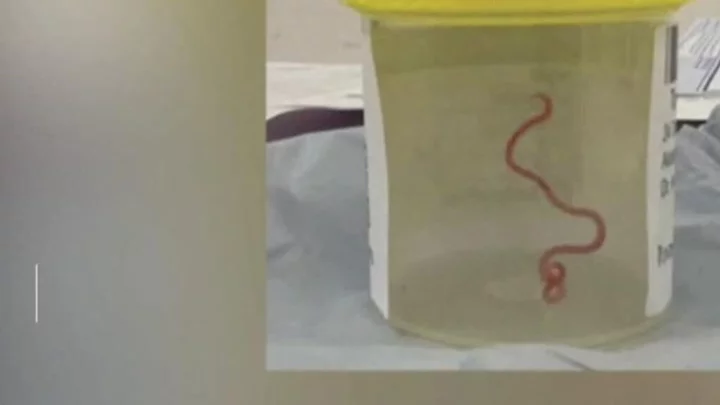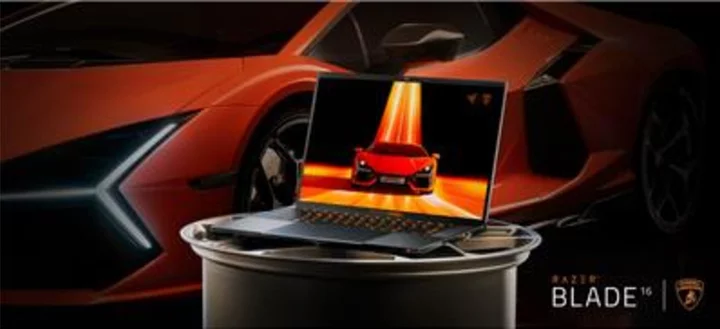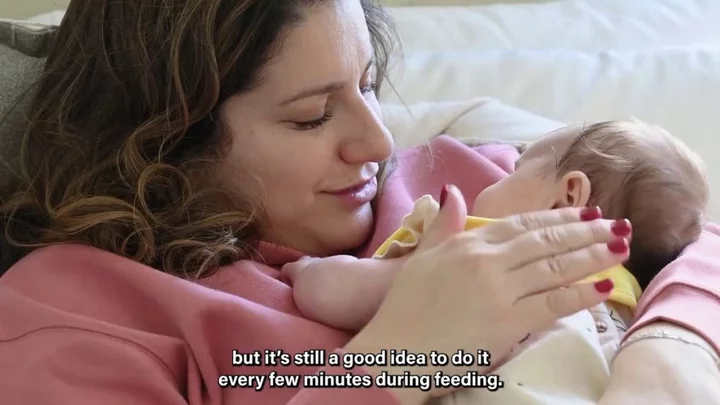Scientists have got to the bottom of a 5-year mystery after finally identifying a tiny sea creature captured on camera in 2018.
It is the latest in a series of oceanic discoveries and experts recently observed “zombie worms” devour an alligator in an incredible experiment.
For the tiny creature, the baffling question of its identity took a team of zoologists and parasitic worm specialists to solve after the small creature was pictured by an underwater photographer in 2018 off the coast of Okinawa in Japan.
After photographer Ryo Minemizu captured the image, he shared it on social media asking the hive mind if they knew what the creature was, but everyone was left stumped.
Minemizu was determined not to give up and instead went back to the area and was able to capture another ladybird-sized creature that was the same, or very similar, to the original one he had come across.
The research team that was interested in identifying the sea creature approached him and Minemizu sent them the sample to research.
Your browser does not support the video tag. Current Biology (2023)
The team’s results were published in the Current Biology journal putting an end to the 5-year long mystery baffling experts.
In a fascinating twist, the team found that the sample was not one, but two creatures that were clinging tightly to one another.
Both were identified as types of cercariae parasitic larvae worms, with experts dubbing one as the “sailor” and the other as a “passenger” thanks to how they behave when they are connected.
Passengers were much smaller than the sailors and when they were bonded together, they formed a flat-topped hemisphere shape. They squeeze their bodies together with heads facing the inside of the sphere, meanwhile, their tails latch onto one another.
Experts believe the two individual creatures have created a colonial organism that suits both of their needs and according to the study's authors, “represents the first case of labor division in digenean larvae”.
Sign up to our free Indy100 weekly newsletter
Have your say in our news democracy. Click the upvote icon at the top of the page to help raise this article through the indy100 rankings.









